Found a Ferret
Do you think you might have found someone's stray pet ferret? Here's some information on them, how to identify a domestic ferret versus other common wild animals, and what you can do next.
Ferret or Not?
Domestic ferrets can sometimes be mistaken for other animals, such as weasels or minks, which are supposed to be left in the wild. The first thing you should do if you think you've found a pet ferret is to identify it.
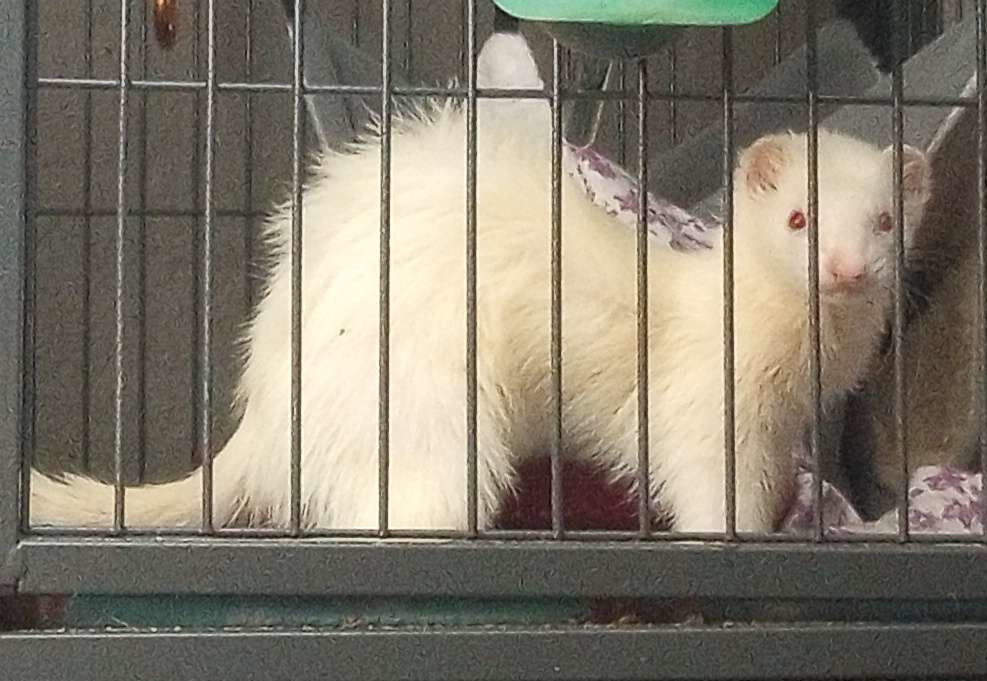
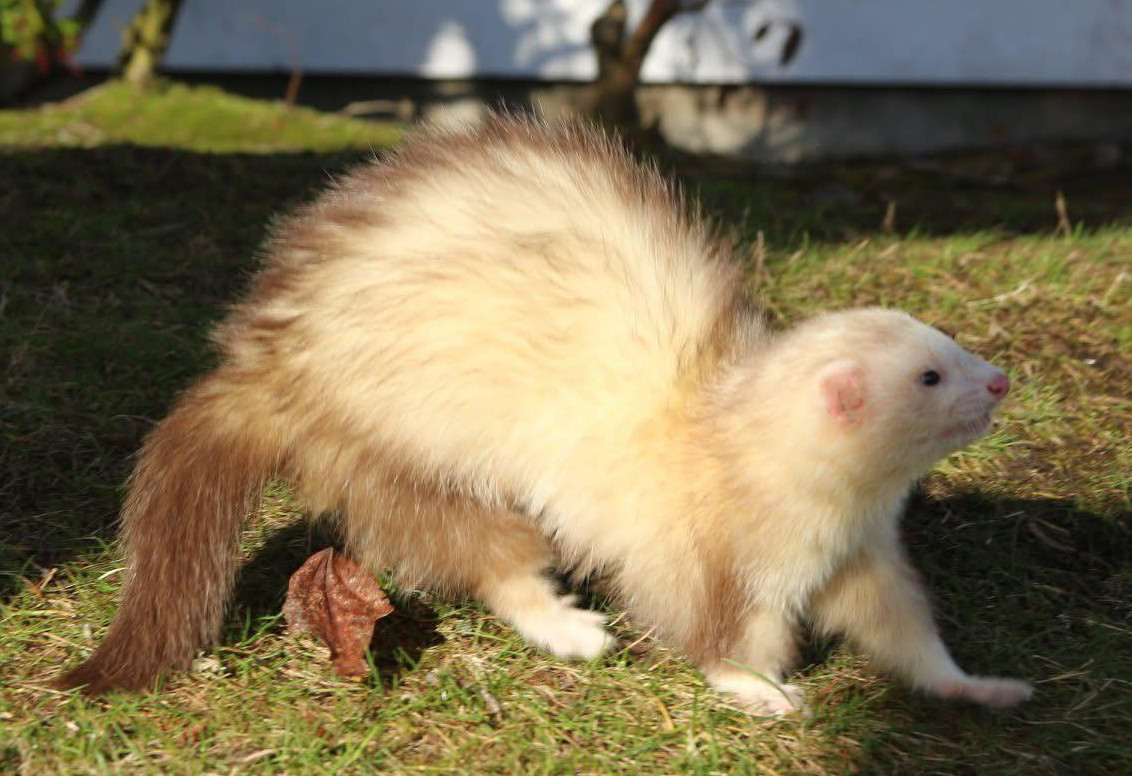
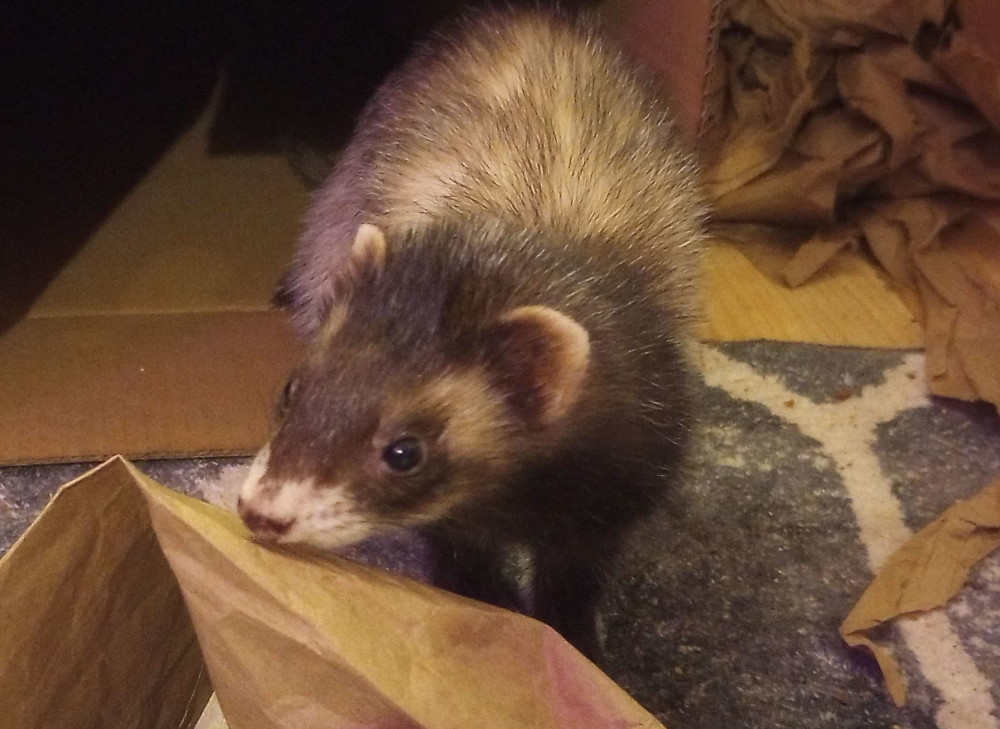
These are some examples of domestic ferrets. Domestic ferrets come in many different colors, including albino, white, silver, chocolate (brown), and sable (dark brown). They're about a foot long from their nose to the tip of their tail.
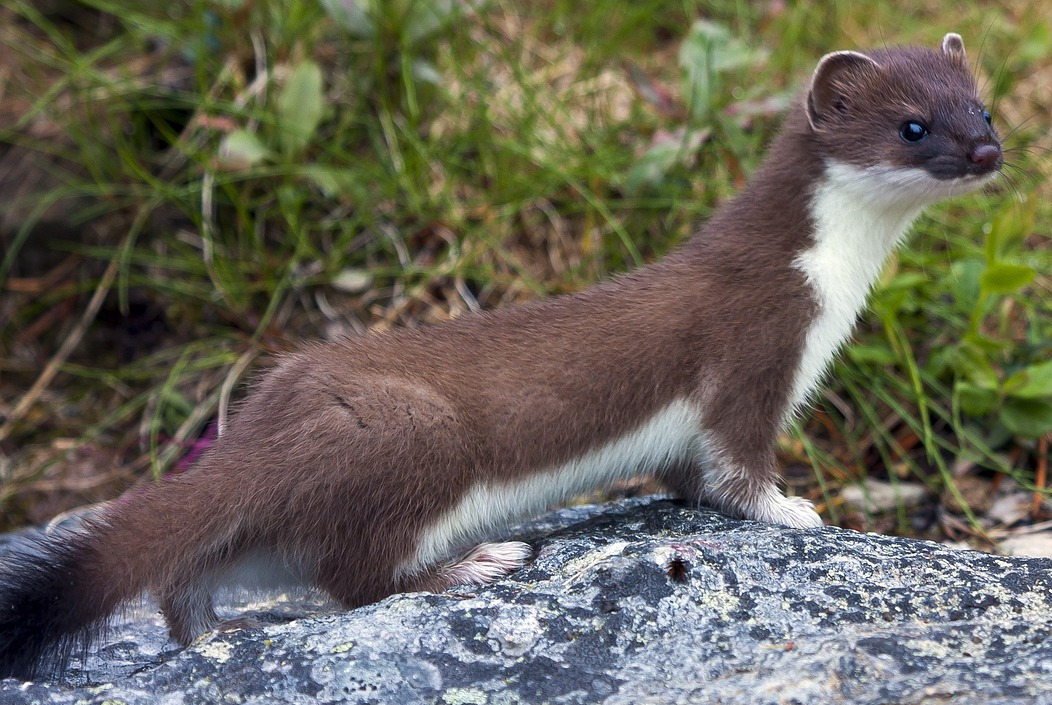

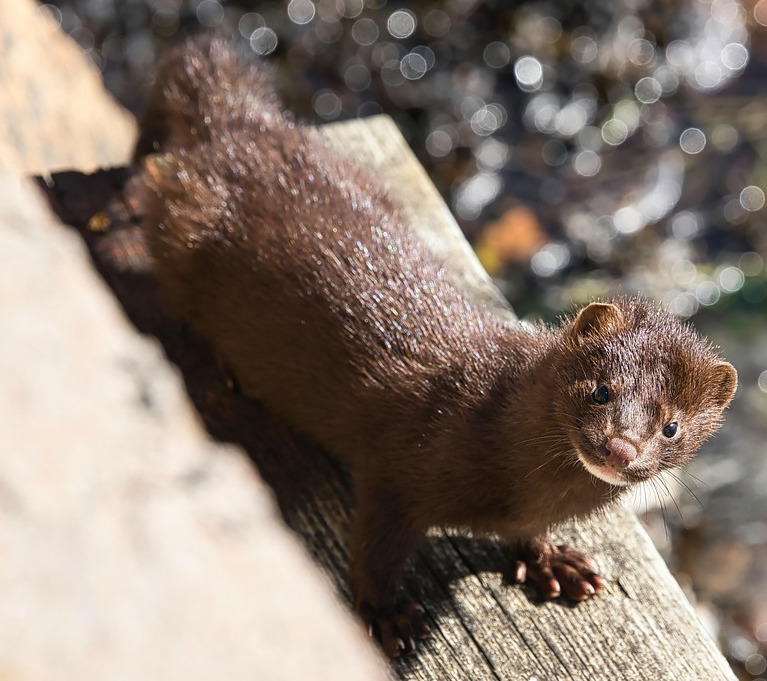
Wild animals such as the weasel, ermine, and mink above, are not domestic ferrets and should be left alone. They're predators, and can have a nasty bite!
In the summer, weasels and ermines both have brown coats with a white stripe down their stomach. In the winter, an ermine's coat changes to white to blend in with the snow. These are both smaller than the domestic ferret, while mink are much larger. Mink, because of their history in fur farming, can come in a variety of colors, including black, gray, white, and even spotted. The most common color, however, is the brown shown above.
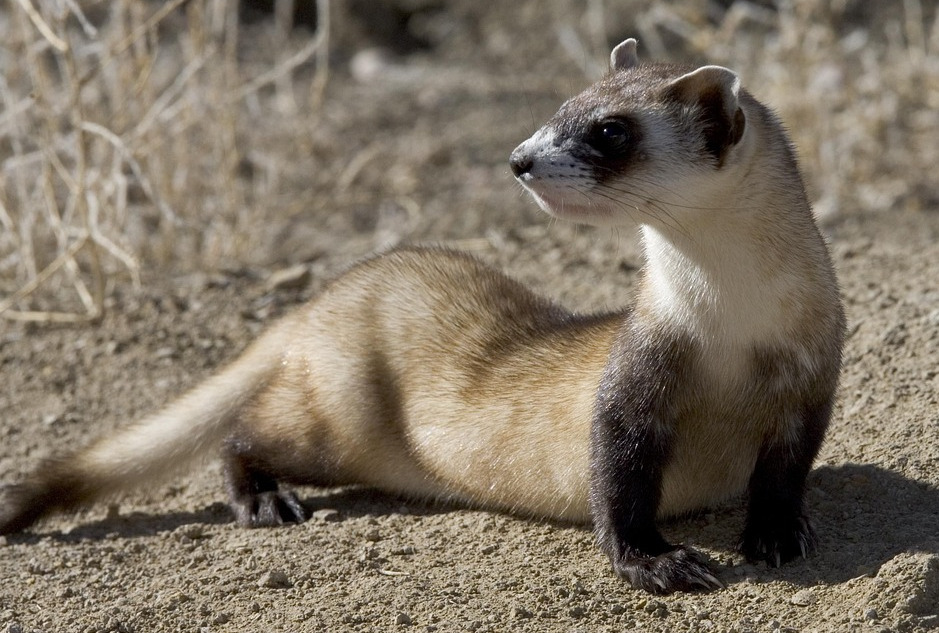
One notable ferret relative is the black-footed ferret, which is an endangered species native to North America. They only come in one color, as pictured above, and you're unlikely to see them unless you're in the wilds of South Dakota, Arizona, or Wyoming.
If you're not sure what you've found, snap a photo and contact us!
Okay, It's a Ferret
So you've confirmed that what you've found is a domestic ferret. What do you do now?
Domestic ferrets don't know how to survive in the wild. The ferret you found is probably hungry, thirsty, lost, and scared. Some will be happy to see a friendly human face and come right to you, but some you may have to lure into a carrier with a bowl of water. If you don't have ferret kibble, don't try substituting cat or dog kibble - they might not recognize it as food!
Once you have the ferret in a pet-safe carrier, make sure it has access to water and contact us at our emergency number immediately. We can help you either get the ferret to us, or get the ferret what it needs asap.
You can also contact us at any point if you have trouble capturing the ferret. A photo will be extremely helpful.

